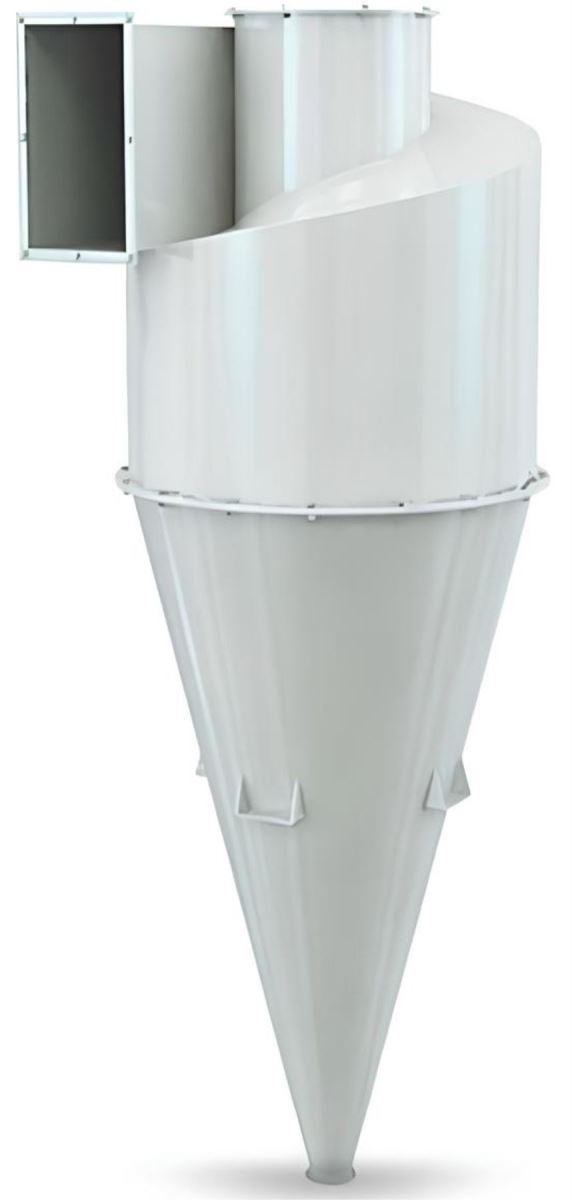
These devices are typically employed in industrial facilities for two main purposes. The first function is to separate coarse and fine particulate materials from each other. The second function is to act as a pre-separator filter, holding coarse particles to increase efficiency before the dust collection unit. Additionally, they are utilized safely in processes involving high temperatures and where the use of bag filters is cost-prohibitive. These cyclones are typically capable of retaining a significant portion of dust particles measuring 100 microns or above. However, their effectiveness in retaining particles below 100 microns is considerably limited. Dust particles below 0 to 50 microns in size can typically be captured by bag filters, which can be used to collect the dust that is emitted from the cyclone outlet.
-
High efficiency dust particle retention feature.
-
Pre-storage advantage in bunker
-
Specially designed for each capacity and gas.
-
Low operation and maintenance cost.
HOW IT WORK
The dirty gas is introduced tangentially at high speed into the cyclone from the cyclone inlet. By incorporating a helical flow form into the cyclone design, the cyclone walls are effectively directed to capture coarse particles with high density due to the centrifugal force generated. The coarse particles, which lose their inertia due to the sudden speed change in the cyclone, are filtered through the cyclone wall and poured into the conical collection hopper below. Cyclones are highly effective at retaining dust, with a retention rate of approximately 70-80%depending on particle size. Dust escaping from the cyclone is discharged from the top of the cyclone through the outlet pipe, which is located in the center of the cyclone. As the exhausted air contains fine dust particles, wet-type scrubber units or dry-type bag jet filter units are employed to retain these particles.